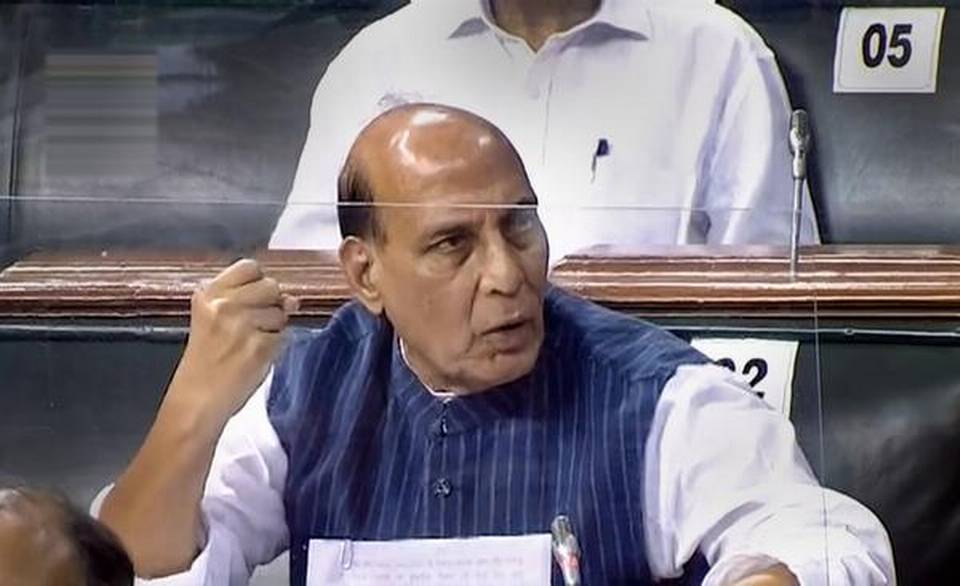
Indian Army inflicted heavy casualties on Chinese side in Galwan, he claims in LS
China has mobilised a large number of troops and armaments along the Line of Actual Control (LAC) as well as in the “depth areas,” Defence Minister Rajnath Singh informed the Lok Sabha on Tuesday. He pointed out there were several friction areas in Eastern Ladakh, including Gogra, Kongka La and the north and south banks of Pangong Tso (lake).
“In response, our armed forces have made appropriate counter deployments in these areas to ensure that India’s security interests are fully protected. We made it clear to the Chinese side, both through diplomatic and military channels, that China was, by such actions, attempting to unilaterally alter the status quo. It was categorically conveyed that this was unacceptable,” Mr. Singh said.
On the violent clash at Galwan on June 15, he claimed that Indian troops inflicted heavy casualties on the Chinese side the incident that claimed the lives of 20 Indian soldiers. The nature of the current stand-off with China was different “both in terms of scale of troops involved and the number of friction points,” he said.
Mr. Singh said the amassing of troops by China went against the 1993 and 1996 agreements. Respecting and strictly observing the Line of Actual Control (LAC) was the basis of peace and tranquillity in the border areas and that was explicitly recognised in the agreements, he noted.
The Chinese actions on June 15 at Galwan and the attempts to alter the status quo of the south bank of the lake on August 29 and 30 “reflect a disregard of our various bilateral agreements,” he said. “While our armed forces abide scrupulously by it, this has not been reciprocated by the Chinese side,” he asserted.
Movement since April
Since April, a build-up of troops and armaments by the Chinese side adjacent to Eastern Ladakh was noticed. In early May, the Chinese side took action to hinder the normal, traditional patrolling pattern of Indian troops in the Galwan valley area, causing a face-off, he said.
Also Read | A game of chess in the Himalayas
On the meeting in Moscow with his Chinese counterpart Gen. Wei Fenghe on September 4, Mr. Singh said he made it clear that “even as we wanted to peacefully resolve the issue and would like the Chinese side to work with us, there should also be no doubt about our determination to protect India’s sovereignty and territorial integrity”.
Moscow meeting
Later, on September 10, External Affairs Minister Jai Shankar and his Chinese counterpart Wang Yi met in Moscow where they agreed on a five-point plan for disengagement and reduction of tensions. On this, Mr. Singh said that if implemented “sincerely and faithfully” by the Chinese side, it could lead to “complete disengagement and restoration of peace and tranquillity in the border areas.”
In July, addressing troops near Pangong Tso, Mr. Singh said the “progress in the talks [with China] should lead to a resolution of the issue” but “there was no guarantee to what extent the issue would be resolved.”
In Beijing, Chinese Foreign Ministry Spokesperson Wang Wenbin said the foreign ministers reached an important consensus on “easing up the situation” and the two sides would remain in communication with each other through diplomatic and military channels “to push for settlement of the issues remaining on the ground.” “We hope India will work with China to follow these important agreements and make concrete efforts to improve the situation on the ground,” Mr. Wang stated.
Since the meeting, there has been an uneasy calm in Ladakh, including the north and south banks, which saw a rise in tensions in the last two weeks. The two sides have since agreed to hold another round of Corps Commander level talks to discuss disengagement which, an Army source said, is likely to be held this week.





















